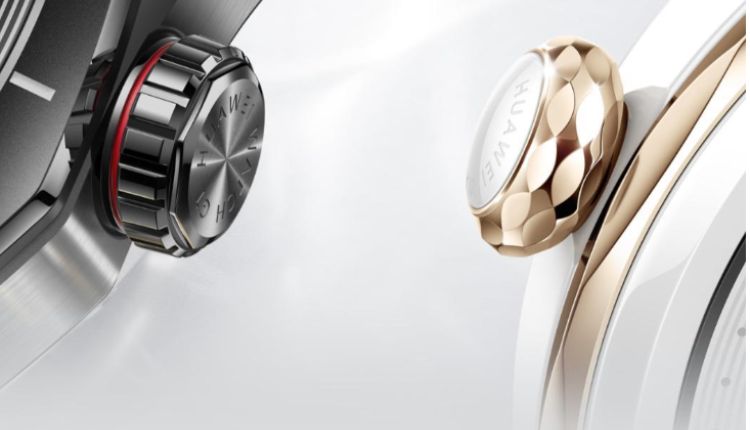Smartwatches, after years of innovation and development, have captured the attention of educators, parents, and students alike due to their potential to transform teaching methods and learning outcomes. While the debate continues on whether students should own smartwatches, exploring the advantages and establishing guidelines for responsible use can illuminate the path forward.
Advantages of Smartwatches for Students
Enhancing Educational Experiences
Smartwatches serve as compact, versatile educational tools. They house a range of apps tailored to various subjects, enabling students to learn languages, practice mathematical concepts, and expand their vocabularies conveniently. This accessibility allows students to convert spare moments—such as waiting for classes or during lunch breaks—into productive learning time. Furthermore, built-in utilities like calculators, stopwatches, and countdown timers prove invaluable for completing homework and preparing for exams.
Promoting Health and Wellness
Given the often sedentary nature of school activities, smartwatches encourage physical activity by monitoring steps taken and calories burned throughout the day. Activity trackers and goal-setting features inspire students to lead more active lifestyles, contributing positively to their overall health and well-being. Regular reminders to move or stretch break up prolonged periods of sitting, addressing common health concerns associated with prolonged inactivity.
Cultivating Time Management Skills
Smartwatches equip students with the tools necessary for effective time management, a critical skill for academic and personal success. Timely reminders for class schedules, homework submissions, and extracurricular engagements help students organize their day-to-day responsibilities. This feature is particularly beneficial in fostering discipline and responsibility among younger learners who may struggle with self-regulation.
Facilitating Communication and Safety
Smartwatches provide students with immediate lines of communication, especially important during emergencies. Quick access to emergency contacts and location services can expedite responses in urgent situations, offering both students and parents peace of mind. Moreover, in-school communication channels can streamline administrative processes and enhance safety protocols.
Supporting Diverse Learning Needs
For students with special needs, smartwatches can be customized to accommodate individual requirements. Like other smart devices, smartwatches such as the watch gt5 huawei offer diverse supports. For example, visual and haptic alerts assist hearing-impaired students, while voice recognition technology facilitates interaction for those with mobility constraints. Tailored applications can also aid in learning disabilities, offering personalized support that complements classroom instruction.
Tips for Proper Usage
Establishing Clear Usage Policies
Define precise parameters for smartwatch use, distinguishing between acceptable and prohibited activities during school hours. Limit access to potentially distracting elements during class times and examinations, ensuring focus remains on educational objectives.
Digital Citizenship Training
Incorporate lessons on digital literacy, emphasizing the importance of respect for privacy, responsible data handling, and awareness of online safety. Equip students with knowledge on how to navigate the digital world safely and ethically.
Ensuring Accessibility and Equity
Recognize that financial barriers may prevent some students from obtaining smartwatches. Implement strategies to provide equal educational opportunities irrespective of device ownership. Explore affordable alternatives or subsidies that enable all students to benefit from technology-enhanced learning environments.
Parental Collaboration
Engage parents in conversations about smartwatch usage, setting mutual expectations for after-school hours. Guide them on how to monitor and moderate their child’s device use, balancing freedom with supervision.
Periodic Policy Revisions
Conduct regular reviews of smartwatch policies to adapt to changing circumstances and emerging technologies. Solicit feedback from teachers, students, and parents to refine guidelines continuously, ensuring they remain relevant and effective.
Conclusion
In conclusion, having smartwatches is not always bad for students. By focusing on the advantages outlined and adopting a strategic framework for responsible usage, schools can create a supportive atmosphere that integrates modern devices seamlessly into the learning process. This approach ensures that technology catalyzes growth, empowerment, and innovation among students, paving the way for a generation adept at navigating the complexities of the digital age.


